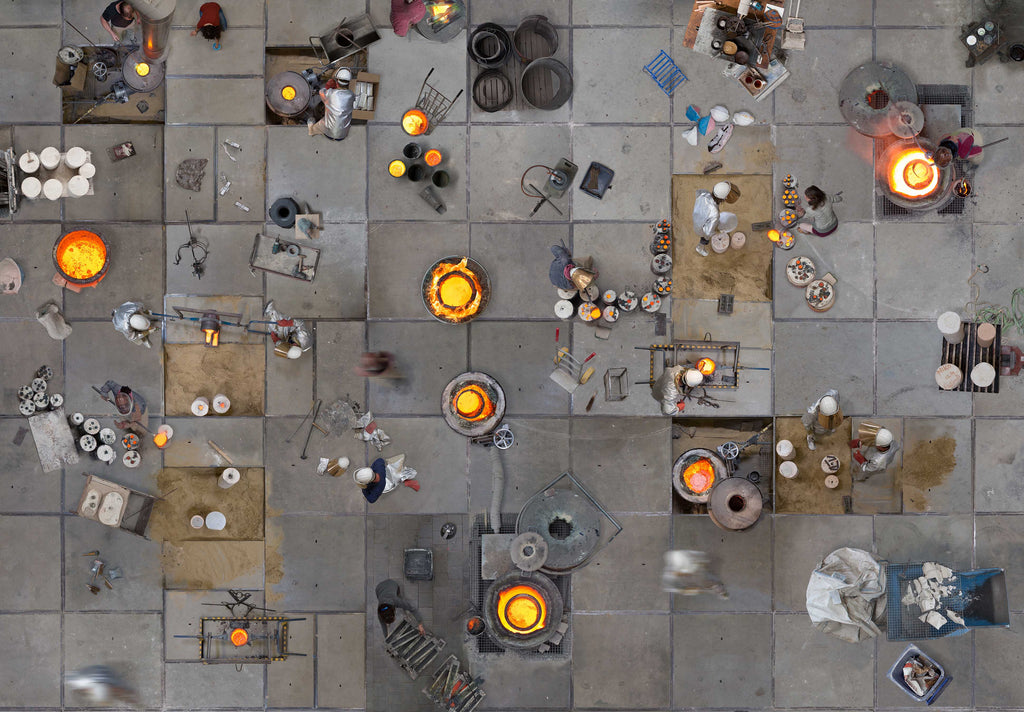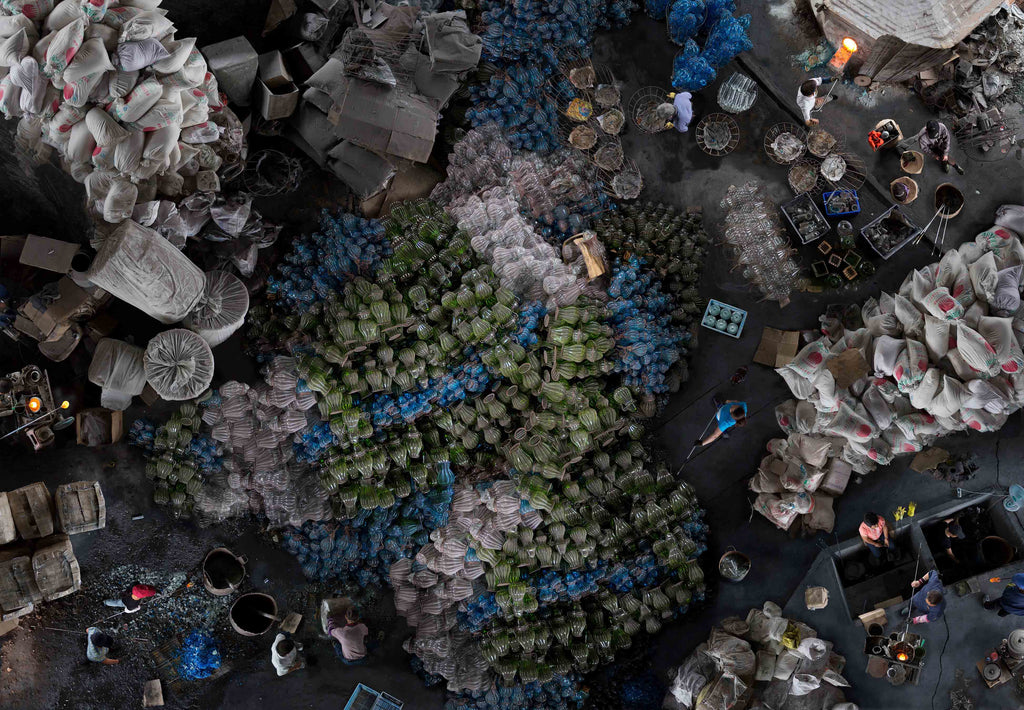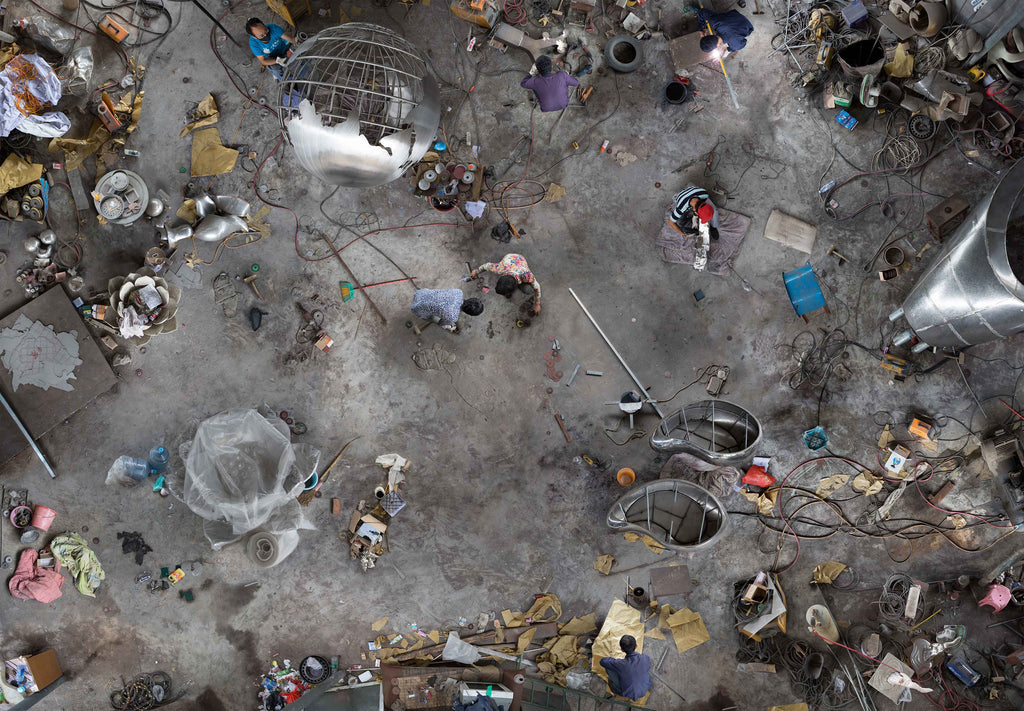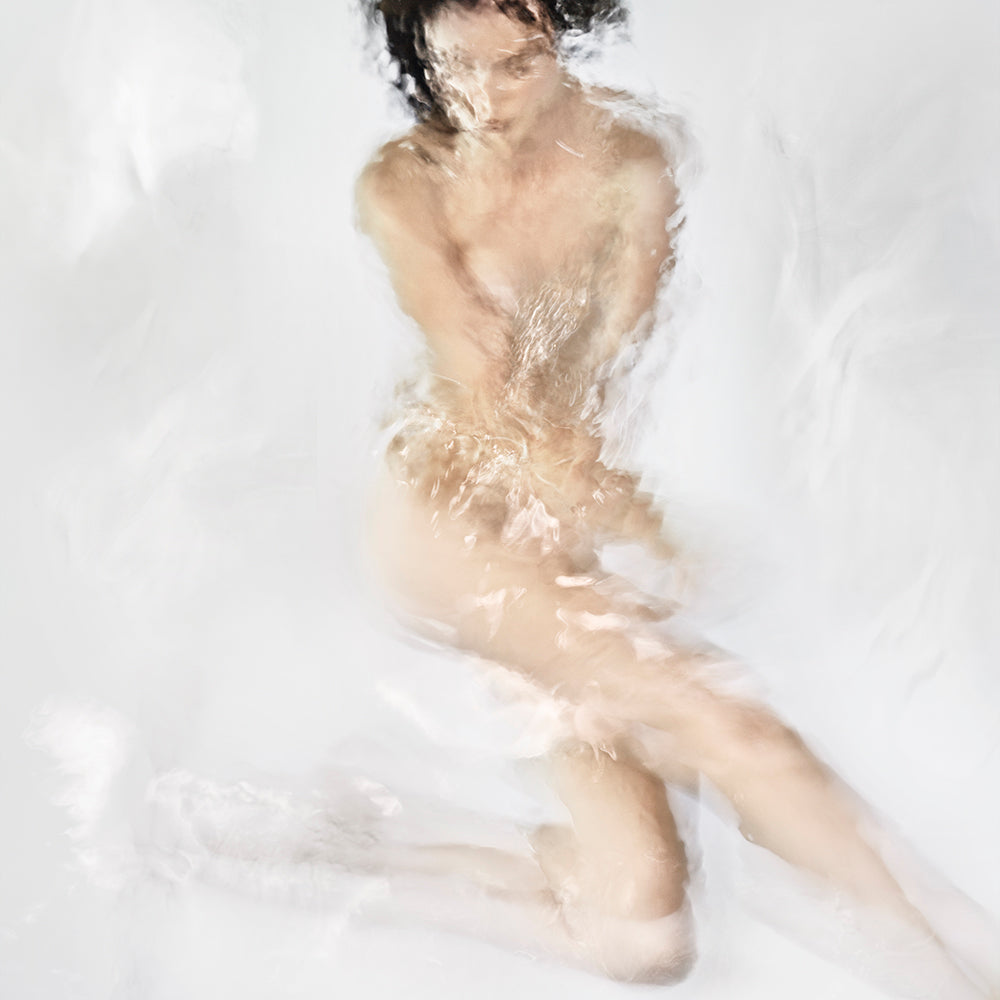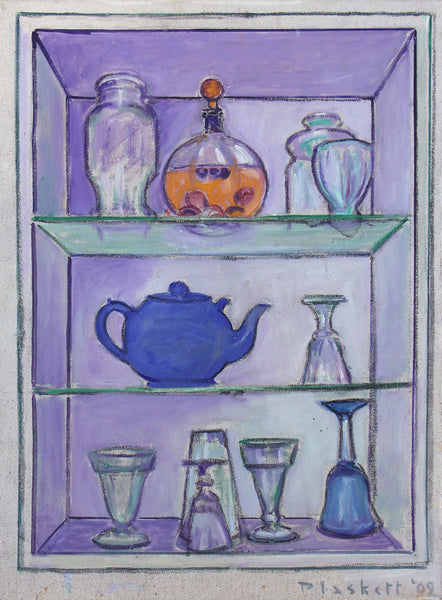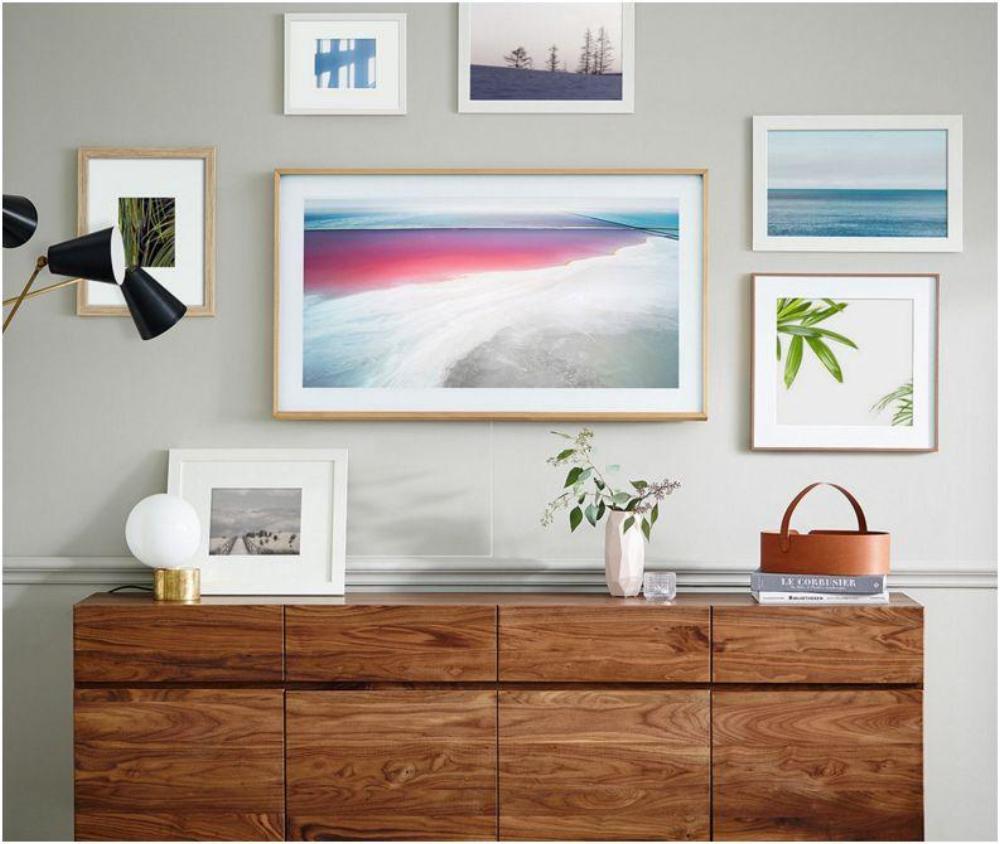Jeffrey Milstein's images featured in The Atlantic
Jeffrey Milstein Featured in The Telegraph
Artist Residency Q & A: Kathryn Macnaughton
We interviewed the fearless Kathryn Macnaughton on her latest adventure, an artist residency in Lisbon where she has spent the last couple months exploring Portugal and pushing her creative practice through experimentation.
1) What is the name of the residency you are at and how long are you planning on being in the program for?
PADA Studios. I was there in July and August and I’ll be back there again for another month in October.
2) Describe your work in 7 words or less.
Expressive, Colourful, Bold, Graphic


3) What is something most people don’t know about you?
I’m addicted to peeling dried paint. When I want to relax and meditate in the studio, I’ll peel all the paint off my containers.
4) How did you hear about the residency?
Online/social media. I was looking for residencies with large studios. Pada is in a beautiful warehouse in an industrial park on the other side of the river from Lisbon. I also have friends that live in Lisbon so it was a no brainer.
5) What pushed you to take on an artist residency abroad and what do you hope to achieve while in this program?
I needed a change. I wanted my work to evolve and I knew that finding inspiration from another environment and meeting like-minded artists would help with that.
I work alone in Toronto and I’m quite isolated in my studio. I wanted to see how I would work in a larger space with other artists. It was great! I think I’ve grown so much as an artist.

6) I would love to hear about the process of creating these new works during your time at Pada studios. Has this new environment inspired new elements, textures or colors in your work?
When I arrived at the residency, I always had the intention of trying to make my own shaped canvases. It was great. I learned how to build my own stretchers with shapes protruding out of them. The idea evolved and I was very inspired by the window frames on residential and industrial buildings in Portugal. They have interesting designed grills that go over the windows, especially the ones that surrounded the industrial park in Barreiro (the town where the residency is).
I began to have ideas about making window frames for my paintings. Right now, they are solid colours that compliment the washes and the flat colours on the canvas. I’m playing around with the relationship between the frames and the background canvas. I’m finding it important to find the right balance between the two. I’d also like to gesturally paint the frames and have them compliment the flat colour of the canvas.

7) Are you working in a shared space with other artists, and if so, how has this experience affected your artistic practice? How are you finding it in comparison to working out of your own studio?
Yes. We work in a large warehouse together, but there are partial dividers between the studios.
It has been an incredible experience. I love working with other artists and I think it has helped me grow. There are pros and cons. When I’m alone there are no distractions, but sometimes I need them. Having other artists around has given me space to think about my work from other perspectives.

New work by David Burdeny now available
As a continuation of his ongoing series, SALT, David Burdeny has released two stunning new photographs of Great Salt Lake, Utah. These surreal aerial images were captured from fixed wing and rotor aircraft, and feature the vibrant hues and abstract qualities of the Chlorine plants.
These works are available at 21x26, 32x40, 44x55, or 59x73.5 inches, and are now available for acquisition. Contact Bau-Xi Gallery at 416-977-0400 or photo@bau-xi.com for more information, or visit our bau-xi.com.
CLICK HERE TO VIEW DAVID BURDENY'S WORK ONLINE.

CHLORINE PLANT 2, GREAT SALT LAKE, UTAH, 2017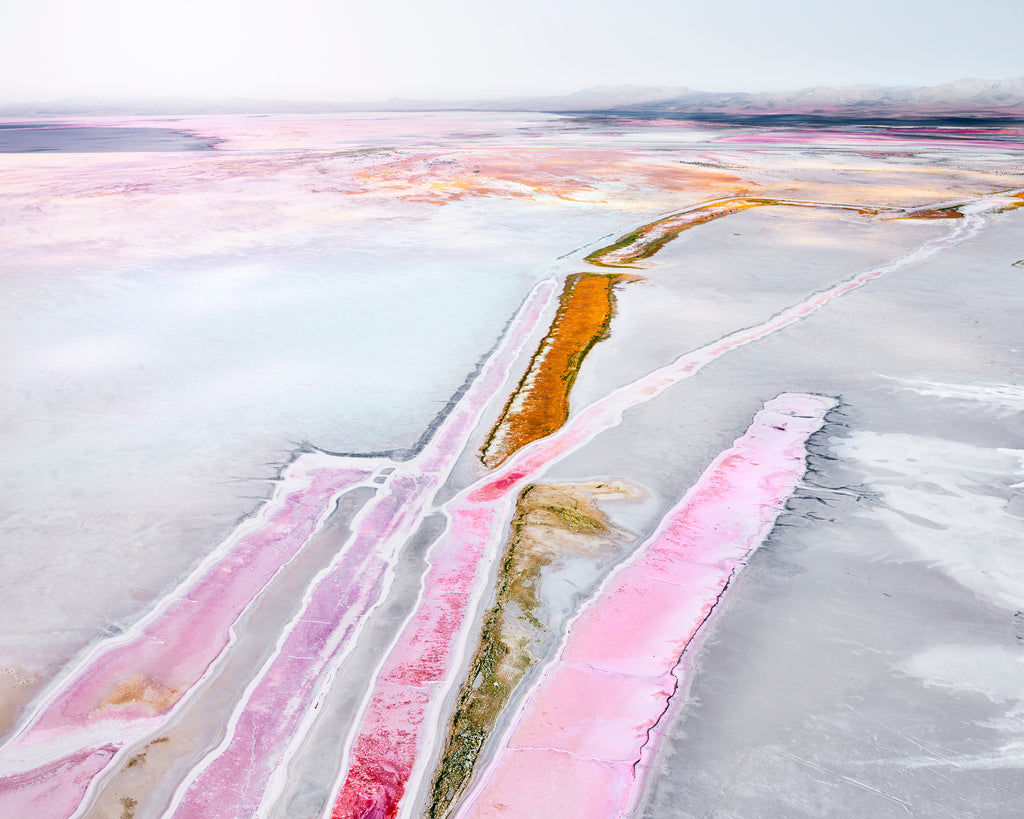 CHLORINE PLANT 2, GREAT SALT LAKE, UTAH, 2017
CHLORINE PLANT 2, GREAT SALT LAKE, UTAH, 2017
Artist Q & A: Anthony Redpath
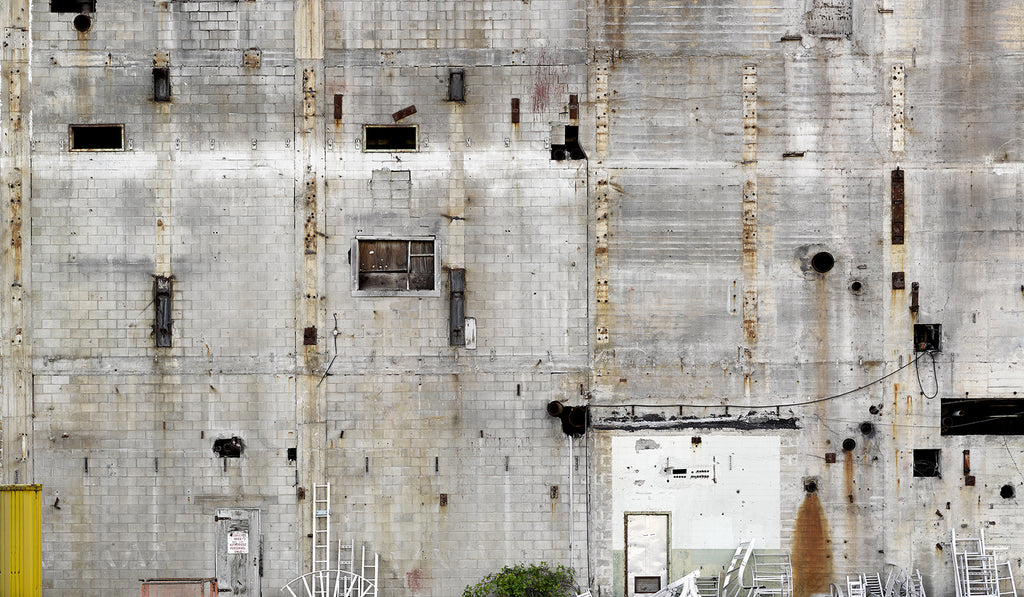
In anticipation of his latest series DISTILLED, we sat down with West Coast artist Anthony Redpath to learn more about his practice.
Bau-Xi Gallery: Can you tell us about how your initial ideas for a piece or a series are sparked?
Anthony Redpath: Ideas are sparked all the time, both in my mind and from visual reference. I could travel past an industrial site and see surfaces or shapes that interest me. If the subject allows a political, environmental, social, or societal comment to be made at the same time as meeting my aesthetic concerns, then it will be in contention for an artwork.
BX: Your images are so beautifully complex, and you have an incredibly technical process. Where do you start? What is your planning process?
AR: I’ll start on an idea without delay if I feel it is a strong one. I’ll just as quickly stop working on that idea, and move on to the next if I feel it isn’t translating well into execution.
The first step is always to obtain permission to shoot in locations where the general public is not allowed. This often requires negotiations and can take many months or longer.
Next, I’ll look at visual research of similar subjects and do a lot of online research. I'll create sketches, take test shots, and roughly composite the images together, to make sure that I can get the composition that I am imagining.
For the final shoot, I have to put together all the photographic equipment I need and book assistants.
BX: Your process is so meticulously planned out. Which aspects are the most methodical? The most exploratory?
AR: The beginning stages of my process are the most exploratory; realizing the potential in an idea by visualizing it in my mind, deciding on which concepts to execute, making the first compositions, then making the first broad strokes in regards to post-production.
This is the most fun part of the process of image making - deciding on a composition, and figuring out how to make it work.
Most of my process is highly methodical, but especially the shooting process. I am very meticulous when if comes to capturing all the visual information; I make sure I have everything needed to make the highest resolution image possible.
BX: How much do you feel your process and methodology should contribute to the meaning and interpretation of your work?
AR: The extraordinary amount of detail tells stories within the overall composition. The surfaces would not exist if it were not for the century-old technology industrial sites where the images are taken, and the effect of the coastal environment over time on the surfaces. The textural breakdown of the surface is a visual metaphor for the effects of the industry on the surrounding landscape.
At the same time, the surfaces are beautiful, seducing the viewer on a strictly aesthetic level.
CLICK HERE TO VIEW THE COLLECTION
Joshua Jensen-Nagle | Artist Q & A

Bau-Xi Gallery is excited to present Dreams and Journeys, a new series by acclaimed photographer, Joshua Jensen-Nagle. We sat down with the artist to ask him about his latest series and learn about his ever-evolving process.
Bau-Xi Gallery: Ten years later, you are returning to photograph sites from your first architectural series. Tell us about your interest in revisiting these locations.
Joshua Jensen-Nagle: My work has evolved over the years. I wanted to bring a new life to the subject and add a fresh look and feel to the work. Originally, I photographed most of these locations in SX-70 Polaroid. The imagery was soft, blurry--all veiled by a dream-like haze. In revisiting the sites, I used the latest in digital cameras and have created crisp imagery, so that the viewer is able to walk right into the photographs as if they were there themselves.

BX: Past European images were “smokey” in their finish, as though we viewed the scenes through a fog—what has changed about your interpretation of these places that demands this new, “sharper” image?
JJN: In revisiting my early polaroid series, which evoked a distinctly nostalgic feeling, I wanted to approach this new body of work with a more modern perspective, to parallel working with a digital format camera. Everything is brighter, crisper and fresher. I intentionally over exposed most of the images to give a euphoric feel.
BX: What are the conditions of your ideal shots?
JJN: The ideal condition for these shoots are midday, when the shadows are minimal.
BX: This series features iconic sites of worship such as the Pantheon, the Western Wall and the Notre-Dame Cathedral. What do you find inspiring about these sites?
JJN: Each and every site has its own history and attracts people for different reasons. Whether it be to pray, to marvel at its architecture, or even its existence. The human interaction is what interests and inspires me to photograph these sites.

BX: Which aspects of your practice do you feel have evolved the most noticeably over the last 10 years?
JJN: I would say almost every aspect has evolved in the work that I make today. For me, the most noticeable shift is that I used to be able to travel with a backpack, carrying a few Polaroid cameras and film. I could walk around easily, taking photographs in any location at my own will. Now I have a 14ft tripod, and heavy digital camera gear. I need to secure permits for each location, months in advance. The whole production has become much more intricate.
Dreams and Journeys will be on view at Bau-Xi Photo (350 Dundas St West, Toronto) from April 14-28. Join us to celebrate the opening of the exhibition on Saturday, April 14 form 2-4pm.
Q & A with Katrin Korfmann
Read Peggy Roalf's Q&A session with photographer Katrin Korfmann, where she discusses the process behind her most recent series, Back Stages.
Peggy Roalf, for AI-AP's 'DART'
March 7, 2018
Peggy Roalf: What is there about the aerial perspective that works for you in creating these super-dense images of people at ordinary activities?
Katrin Korfmann: Using a bird’s-eye view, I can exclude the surroundings and all architecture so you have no reference to the location but can focus on the people and the event. In addition it creates a suggestion of distance and closeness at the same time. By simultaneously zooming in and out, I want to depict mysterious realities, which neither the eye, nor my camera could have grasped.
PR: The unusually grid-like backgrounds are one of the things that make these images so mesmerizing. How do you do your location scouting?
KK: I do a lot of research online, and often I am in contact with an assistant at the spot who is investigating the location and conditions. But it also happens that I just see a spot that is fascinating that I want to capture.
PR: Do you have the ability to perceive a place you’re seeing for the first time, at ground level, as it would be when seen from above? Do you carry a small camera drone around for quick previews?
KK: I have been shooting from this perspective for years, so yes, I am constantly scanning the ground of locations or look for high vantage points in order to see the place from another perspective. However I am not using a drone—that would make to much noise, and disturb the people from their activities, and then everyone would look up! I prefer to be a silent observer, so I use a high tripod, a crane, or a remote-controlled helicam.
PR: Are most of your photographs based on found activity—or do you sometimes orchestrate the action, with costuming and props, for example?
KK: Yes, sometimes, and it varies from asking pedestrians to walk through the image in a certain way to fully staging images with a dance company or a school class.
PR: Do you choose locations and activities to align with some specific ideas about human activity—or are you looking for something universal about human behavior?
KK: I usually work in series. Count for Nothing was focusing on street life in different cities. For Ensembles assembled, I photographed collective rituals in various places around the world: events sustained by individual euphoria in which colour—or colourful garments—dissolves individuality. For the new project Back Stages (in collaboration with Jens Pfeifer) we are presenting a visual manifest of the artistic and cultural creation process by emphasizing values placed on the production and handling of artistic goods.
PR: In post-production, do you edit from the gut or do you sometimes find a theme that requires a different approach?
KK: Good question. The editing is the creative part that is most intuitive. I start with a lot of sketches, and different approaches, until I feel that the image is ready. This is subjective of course and often a certain theme naturally finds it's own visual language.
PR: What place would you most like to photograph that so far has been out of reach, and why?
KK: Pictures of people in space! I imagine the perspective out there would be unexpectedly challenging—and what it might look like as a photograph?
Click here to read the full article
CLICK HERE TO VIEW KORFMANN'S COLLECTION ONLINE
Artist Q & A : Barbara Cole
In anticipation of her most recent series, Figure Painting, we sat down with Toronto artist Barbara Cole to learn about her process, methods and inspiration behind her most minimal work to date.
1) “Figure Painting” is a remarkable title for a series of photographs. What inspired this title?
I have been known to have five, six or even more "working titles" to my shows. This has the effect of driving people crazy – especially my studio assistants. It’s very unusual for me to find a title at the outset that sticks but this one did. Figure Painting embodies the correlation between drawing with the camera in water and messing around with finger paints as a child. It was a fun play on words that sums up my approach to photography.
2) What was the most challenging aspect of creating this particular series?
Working with these talented performers is always quite challenging. Not only do they need to work under the water in a graceful way, but they need to learn how to breath for balance, keep their eyes relaxed and open, straighten their wardrobe and hair, and brush any stray bubbles off their faces and bodies. With Figure Painting they were stripped down, quite literately. Their body was their wardrobe so on top of everything they had to find poses that would cover certain parts of their anatomy.
Technically there are always challenges because every idea requires a new approach. I think you just have to believe that anything is possible and then get your crew on side to see your vision and help with its execution.
3) This series has an unusual back story - it turned out quite differently than you had originally conceived. Can you tell us about the original concept, and how it transitioned?
It was amazing how this show came about. I had worked up big plans for another body of work called WHIRL, based loosely on the idea of a Whirling Dirvish. As is often the case, things underwater work differently. Within moments of the first day of shooting I knew I would have to think of something else. As I looked around my pool-side studio at my crew, and feeling no small amount of pressure, I pulled the Figure Painting concept out of my back pocket…which is to say virtually out of thin air. I didn’t know I had a backup idea until that moment, but I suppose all of us artists do.
4) There is a historical tradition of painters referencing photography, and vice-versa. Are there any artists whose transcendence of the boundary between the two mediums you find inspiring?
The moment I saw the work of French photographer Sarah Moon I recognized how powerful photography could be. Nobody else’s work has ever touched me the same way since. The evocative nature of her imagery still takes my breath away but back then I was totally spellbound. Since the first Sarah Moon photograph I ever glimpsed I understood how the camera could be used for nuance and gesture.
For the past six years I’ve been reading about the talents of past image makers and I especially love the mood and atmosphere of the Pictorialist photographer, Heinrich Kuhn circa 1900’s. He has created without a doubt some of the most beautiful photographs I have ever seen. Kuhn had complete control of the photographic medium.
5) Could you describe how your passion for swimming informs your practice as an artist?
Strangely, I have always solved creative problems while swimming. If this happens early in the swim I cross my fingers for the rest of the swim so that I don’t forget. It is awkward to swim with crossed fingers! The water has been my office since the 70’s and I swim as many days a week as I can. I look forward to what will happen. Sometimes I figure something out that I didn’t even realize needed looking at. Other times my mind wanders and I find I’ve set up the next shoot. All the time I feel energized to tackle life.
6) What advice would you offer to emerging artists?
I would encourage an emerging artist to find their own voice. I believe that is the best way to succeed. There are so many people out there all doing the same thing with various levels of expertise. One creates art for oneself. It’s something that comes from inside you and not the other way around. Manage your expectations so you don’t get discouraged and give up. You are building a practice and that takes time.
Learn more about Barbara Cole's incredible new series here:
Bau-Xi Gallery will be showing a special preview of Figure Painting at the Toronto International Art Fair on Thursday, October 26. Visit us in booth A18 for an exclusive look.
The full series will be on display at Bau-Xi Photo, (350 Dundas St. West, Toronto), starting Saturday, November 4. There will be an opening reception from 2-4pm, and the artist will be in attendance.
Joseph Plaskett Solo Exhibition: New Paintings Released
Joseph Plaskett, Vatheima, Apples & Window, 2006, Oil on Canvas, 39.75 X 24.25 in.
Bau-Xi Gallery Vancouver and Toronto are honoured to have the opportunity to share never-before exhibited paintings by Joseph Plaskett in concurrent exhibitions running September 30th through October 11th, 2017.
Plaskett is considered one of Canada’s most talented and established artists, and has exhibited with Bau-Xi Gallery since 1973. He was born in 1918 in New Westminster, BC, and studied fine art in Banff, San Francisco, New York, London, and Paris, where he lived for many years. Since the 1940s, Plaskett's work has been featured in over 65 solo and group exhibitions, with paintings in major private, corporate, and esteemed public collections including the National Gallery of Canada, the Art Gallery of Ontario, and the Vancouver Art Gallery. In 2001, he was awarded The Order of Canada for Excellence in the Field of Visual Art.
Those who knew Plaskett (“Joe” to old and new friends) were enchanted by his charm, and by his delight in the process of discovery each painting offered him. He painted intimate scenes of everyday life, evident in this collection of work: flowers bought from the market, fruit and gourds neatly arranged or toppling across tables, the interior of a simple kitchen cabinet, or the view outside his Suffolk home window. Each canvas expresses a warm humanity, and reveals the artist’s mastery of light, form, and colour.
A desire to learn and experiment contributed to Plaskett’s longevity as a painter, as it urged him to constantly develop his practice. Speaking about the last show he was able to attend at Bau-Xi, Plaskett reflected on his life and work: “I constantly make new discoveries. This describes the excitement and joy in which I work…My aim is Beauty, or Joy. Enlightenment comes without too much conscious thought. It comes as a surprise. I marvel at having done something that has never been done before.”
Plaskett passed away on September 21 in his home in England at the age of 96, and is remembered as an influential artist in Canadian history. We look forward to sharing this special collection of works newly released from the estate with admirers and collectors.
Please join us for the Opening Reception on Saturday September 30th, 2-4PM, in both Toronto and Vancouver.
SELECTIONS AVAILABLE TO VIEW & ACQUIRE IN VANCOUVER & TORONTO:
AVAILABLE IN TORONTO:
Chinese Lanterns-Night, 2006, Oil on Canvas, 31.5 X 38.25 in. $20,500
Chinese Vase & Fruit, n/d, Oil on Canvas, 23.5 X 17.5 in. $9,500
Pumpkin, Marrow & Bananas, 2007, Oil on Linen, 23.75 X 18 in. $9,550
Pumpkin & Marrow (2), 2007, Oil on Canvas, 16.5 X 21.75 in. $8,750
Green & Purple Cabbage, 2009, Oil on Canvas, 29 X 25.25 in. $14,400
Clivia 2, Gourds, 2009, Oil on Canvas, 25.5 X 31.25 in. $15,500
The Shelves (2), 2009, Oil on Canvas, 28.5 X 21 in. $15,500
AVAILABLE IN VANCOUVER:
Untitled Landscape, 1990, Oil on Canvas, 26 X 47.5 in. $20,550
Cabbage and Onions (3), 2010, Oil on Canvas, 29.5 X 25.5 in. $14,675
Untitled Still Life, 2007, Oil on Linen, 36 X 36 in. $21,500
Vertical Table with Apples (1), 2009, Oil on Canvas, 33.5 X 16 in. $11,300
Two Amaryllis, 2014, Oil on Canvas, 31 X 31.5 in. $17,750
Pots on Octagonal Table (4), 2007, Oil on Canvas, 28.5 X 39 in. $19,900
David Burdeny | Featured artist for 'The Frame' by Samsung
We are excited to announce that acclaimed Canadian photographer, David Burdeny, has been selected by Samsung as a featured artist for their innovative and design-focused new product, The Frame. See Burdeny's working process in the video below.
Click here to view more work by David Burdeny.
NEW WORK | Joshua Jensen-Nagle
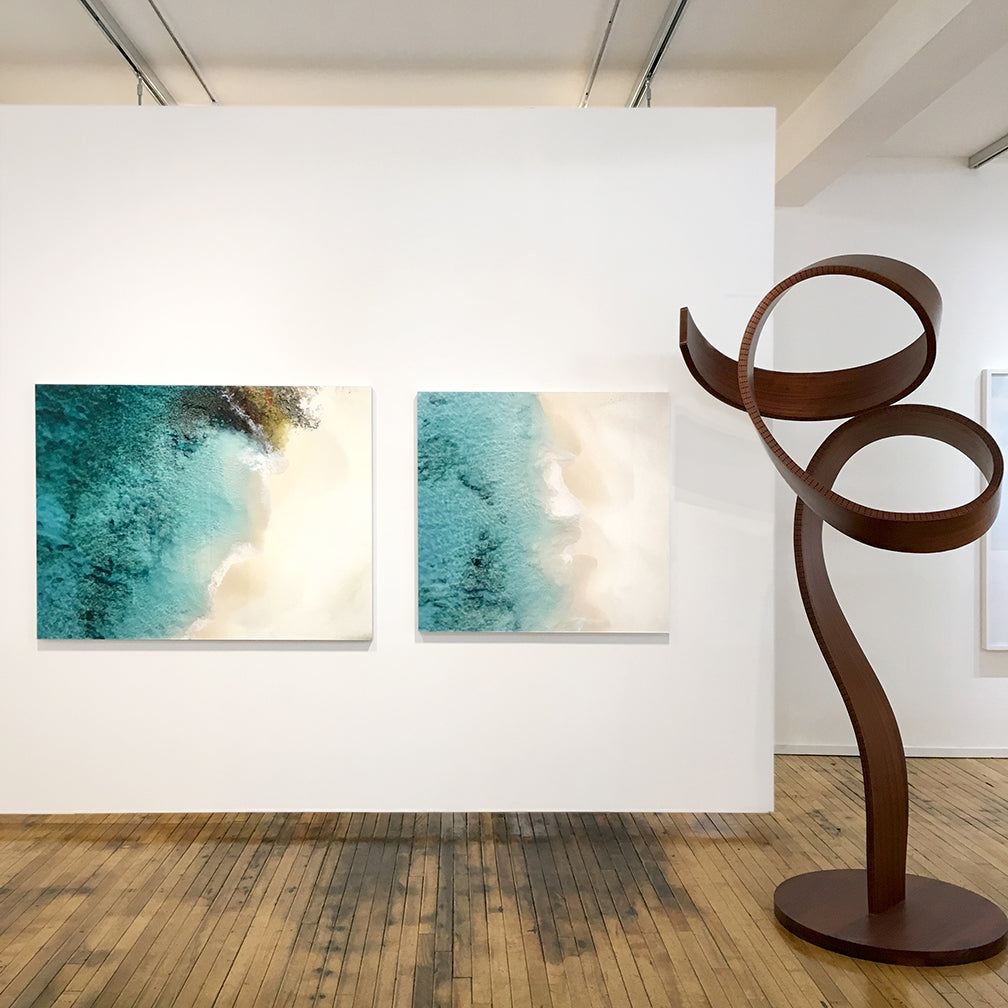
Incredible new beach scenes by Toronto artist Joshua Jensen-Nagle are now available at Bau-Xi Photo, Toronto. Visit us at 350 Dundas Street West to view in person.
Click here to see more work by Joshua Jensen-Nagle.

